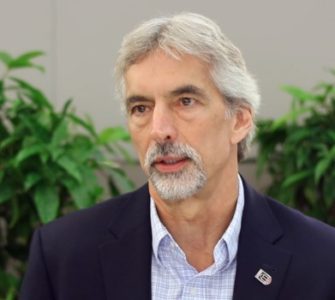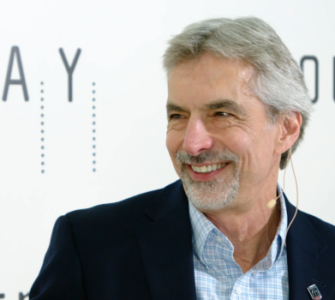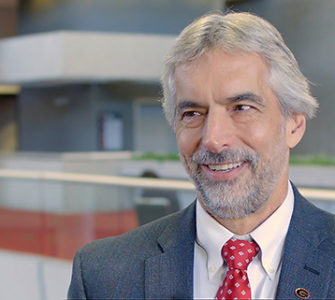Looming crisis for poultry: Finding and funding veterinarians
The poultry industry is rife with job openings for veterinarians that can’t be filled, according to Mark Jackwood, PhD, University of Georgia.
The increased demand for poultry veterinarians is partly due to the updated veterinary feed directive (VFD) rules that took effect January 1, 2017, he told Poultry Health Today.
Several in-feed medications that were once available over the counter are now considered medically important by FDA and require a VFD — a process that requires a valid veterinarian-client-patient relationship. Several poultry companies that didn’t have a veterinarian on staff now need one, he explained.
Longer term, however, the bigger issue is the limited resources available to train enough people to meet the poultry industry’s rapidly growing need for veterinarians, Jackwood said.
When most students today graduate as doctors of veterinary medicine, they’ve had very little, if any, exposure to poultry diseases, he said. Some go on to obtain a master’s degree in avian medicine — an MAM, as it’s known at the University of Georgia — or equivalent degree, he said.
That’s an 18-month commitment, however, which is hard for students to afford after completing their undergraduate and veterinary degrees. In addition, universities aren’t equipped to handle the surge in demand for poultry veterinarians, Jackwood said.
Last year at the University of Georgia, for example, there were 20 applicants for the MAM program, but only three students could be accepted because of limited resources. Other universities with similar programs only take on one student, he continued.
In the past, universities have turned to the poultry industry for assistance, but there still remains a serious shortfall of funding, Jackwood said.
Posted on August 29, 2017

















